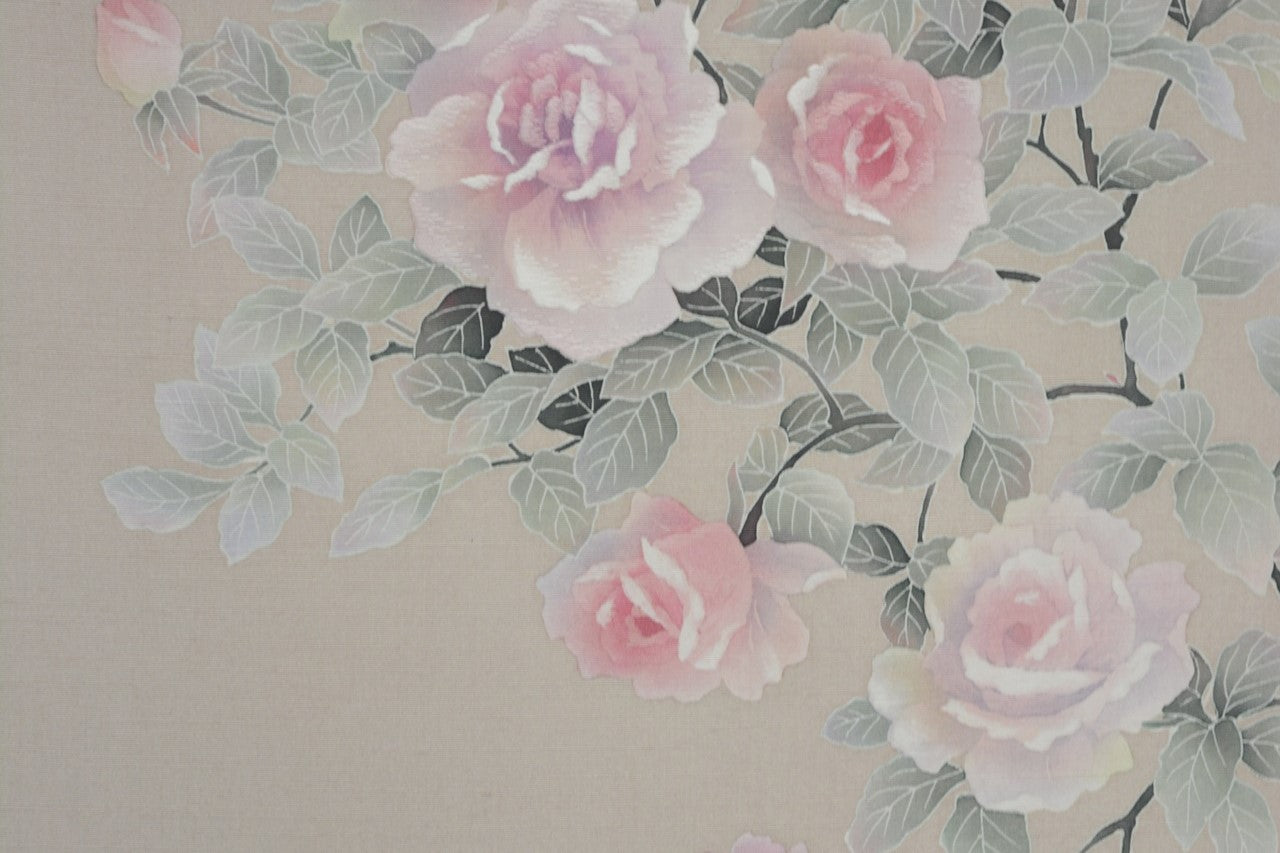
About Tokyo yuzen dyeing
Tokyo yuzen dyeing began during the Edo period (1603-1868), when many dyeing artisans and painters moved from Kyoto to Edo (present-day Tokyo), bringing their skills and techniques to the capital. Many of them lived along the Sumida and Kanda rivers because of the abundant source of water necessary for dyeing. Also known as Edo yuzen, it features elegant patterns painted in subdued colors, a product of the townspeople culture of the time.
●Designated as a Traditional Craft of Japan in 1980
Techniques and developments
In 1673, the Echigoya kimono fabric shop (now the Nihonbashi Mitsukoshi main store) opened in Nihonbashi, along with a dyehouse further up the Kanda river. This further established the yuzen dyeing industry in Tokyo.
Tokyo yuzen dyeing today
Along with Kyo yuzen (from Kyoto) and Kaga yuzen (from Ishikawa), Tokyo yuzen dyeing is considered one of the three major yuzen styles in Japan. But unlike other yuzen fabrics, the entire process for making Tokyo yuzen is commonly performed by just one person. This allows an artisan's individuality to show through the product, whether it is a kimono, a haori overcoat, an obi sash, or small trinkets for traditional Japanese clothing.

Tokyo yuzen dyeing Creator
CRAFTS CREATOR


